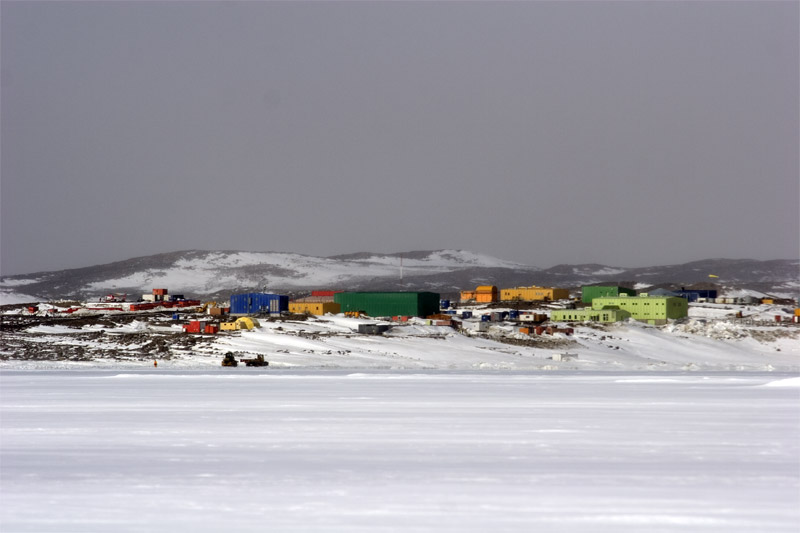Scientist Poop Will No Longer Be Pumped into the Antarctic Ocean
Credit to Author: Kaleigh Rogers| Date: Wed, 23 Aug 2017 13:00:00 +0000
Living in Antarctica comes with many challenges, not the least of which is what to do with your poo. It’s been a long-standing predicament for the scientists who spend extended periods on the continent, but a research station operated by Australia is now planning to change its poop-removal strategy. And its high-tech solution could help us as we prepare for human visits to other remote environments, like Mars.
The Davis research station hosts about 120 expeditioners in the summer months and is located on a tiny island off the edge of the Antarctica, where scientists study everything from microbes to climate change. Those 120 bodies produce a sizeable amount of human waste. Until 2005, the poo was treated using a two-step process before being released into the ocean, but 12 years ago, the secondary processing plant broke down. In the years since, the human waste at Davis has been untreated, thinned with water, and released into the sea.
Read more: Yeast Can Be Engineered to Turn Astronaut Pee Into Spaceflight Materials
This is technically up to the standards of the Antarctic Treaty, but Australia conducted an environmental assessment in 2010 to make sure it wasn’t having a negative impact, and realized its system wasn’t up to snuff. The poo fluid didn’t disperse very well once it got into the ocean, meaning it built up, causing an “accumulation of fecal contaminants, heavy metals and persistent organic pollutants,” which exposed the local penguins and seals to “high levels of fecal bacteria,” according to the Australian Antarctic Division. It was also leading to the development of antibiotic resistance in local microbial populations.

To fix the problem, the AAD is building a $1.5 million dollar wastewater treatment plant that will transform human waste into water so clean you could drink it—then dump that into the sea. First, the waste will be treated with microbes that will decompose it, and then it will be filtered to remove solid waste (which will then get spun into compact, dry poop cakes that will be shipped back to Australia for disposal). The liquid waste will then go through an advanced treatment that includes ozone and ultraviolet disinfection, ultrafiltration, chlorination, activated carbon filtration and reverse osmosis, according to the AAD.
“We want to lead Antarctic nations by setting up the best treatment system possible and this plant is a significant leap forward in the way we manage waste on our stations,” Rob Wooding, AAD’s general manager for support and operations, said in a press release. “While there are no current plans to use the purified water for drinking, it will ensure the water we discharge into the marine environment has a negligible impact.”
In the future, Wooding said the recycled liquid waste could be used for cleaning and other tasks. It’s good news for the local ecosystem (particularly those fecal-bacteria-doused penguins) but it’s also an opportunity to test out the technology for another area where human waste can be tricky: space travel.
For longer missions in the future—to Mars and beyond—space researchers are looking for ways that human waste can be not only disposed of, but actually reused. One researcher is looking into using yeast to transform urine into useful materials like plastic, for example.
Having a high-tech waste treatment plant in one of Earth’s most otherworldly locales will offer a great opportunity to test out new technology and see just how we might someday put our poo to better use.
Get six of our favorite Motherboard stories every day by signing up for our newsletter.